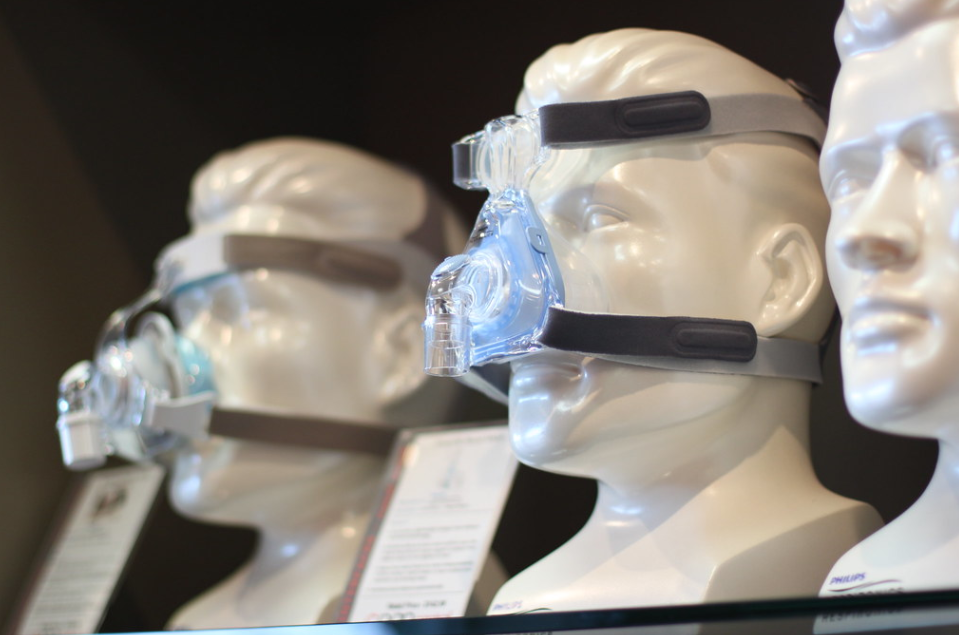

Breathing habits during sleep apnea can be challenging to control. Your sleep specialist will guide you with a weight-loss diet and other instructions. However, when there still hasn't been improvement in your condition, they could suggest a CPAP machine.
Let's have a better look at how a CPAP machine works:
CPAP stands for - Continuous Positive Airway Pressure. You could also call it a sleep apnea machine. It is primarily used for treating obstructive sleep apnea. But you can also use it for hypopneas, also known as shallow breathing interruptions.
In simple words, the machine generates pressurized air and delivers it to keep your airway open. Thus, it ensures that you maintain healthy breathing patterns while you sleep.
CPAP treatment is quite common in OSA (Obstructive Sleep Apnea) and other respiratory issues like hypopneas. As long as you're having breath-oriented issues, it can be a great addition.
As there are different types of CPAP machines, you can find the ones that run with internal batteries or uses an electrical outlet. You can easily place the machine anywhere like on your side table or the floor.
When you turn the CPAP machine on, the motor can take some time to generate pressurized air. The best CPAP machine comes with features like pressure settings, which enable you to set it before using it.
Once the machine is on, you will have to wear a nasal mask. It should be secure on your mouth or nose (or both, depending on the model). And like a natural airflow, the air is then delivered for treating sleep apnea.
If you have severe sleep apnea, the intensity and other features might get customized accordingly. Your specialist will also give you a prescribed pressure setting to maintain.
Additional Features In CPAP Machines
Using a CPAP machine is one thing, but it also comes with many other features. Depending on the severity of your OSA, and your experience in using the CPAP mask, you could find other options. A couple of the features are:
CPAP Machine’s Maintenance Requirements
A CPAP machine will require maintenance and cleaning. You will have to replace the filters. The Mask and hose will also require cleaning. If the hose sustains damage or leaks, you might have to replace it.
If you choose some of the best CPAP machines, you can find ones that come with alert features to tell the user when it's time to clean it.
Are CPAP machines loud? Not at all. They are a great option for treating sleep disorders and improving your sleep quality. It can eliminate daytime sleepiness and other problems related to sleep disorders.
CPAP machines may cause some problems at first. It can feel claustrophobic to use it at first, but your sleep technician can help you with it. Dry mouth and nasal congestion are also some of the issues. That's why you need a heated humidifier to fix sleep disordered breathing.
Overall, CPAP machines work by delivering a continuous stream of air pressure to the airway to keep it open during sleep. This therapy is highly effective for treating OSA and can significantly improve sleep quality and overall health. While there may be some initial adjustment and getting used to, with time and practice, most people are able to adapt to the therapy and experience significant benefits. It is important to work closely with a healthcare provider to ensure that the therapy is customised for each individual and that any problems or side effects are addressed.
Leave a comment